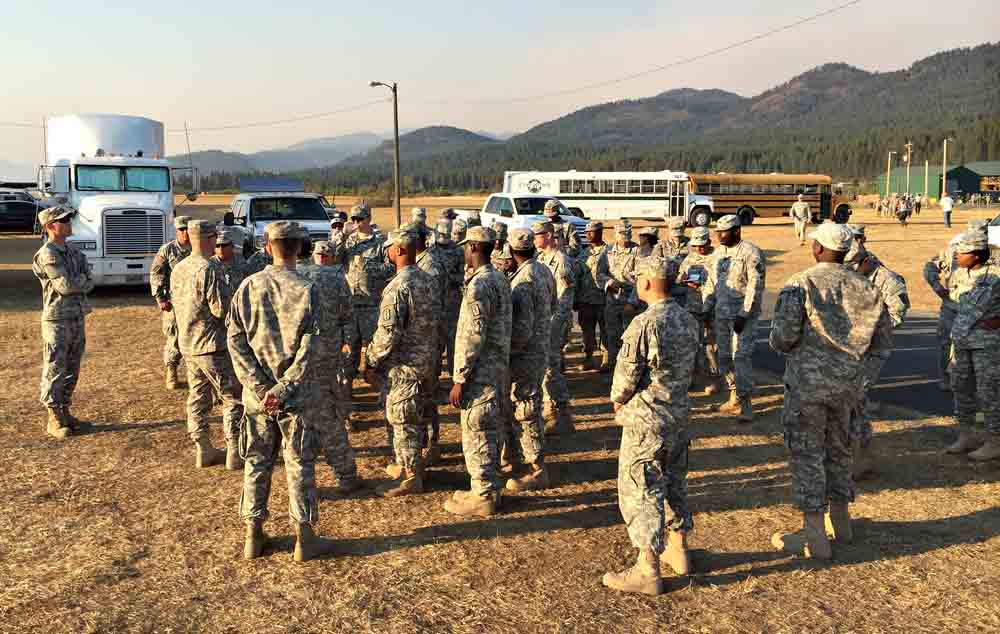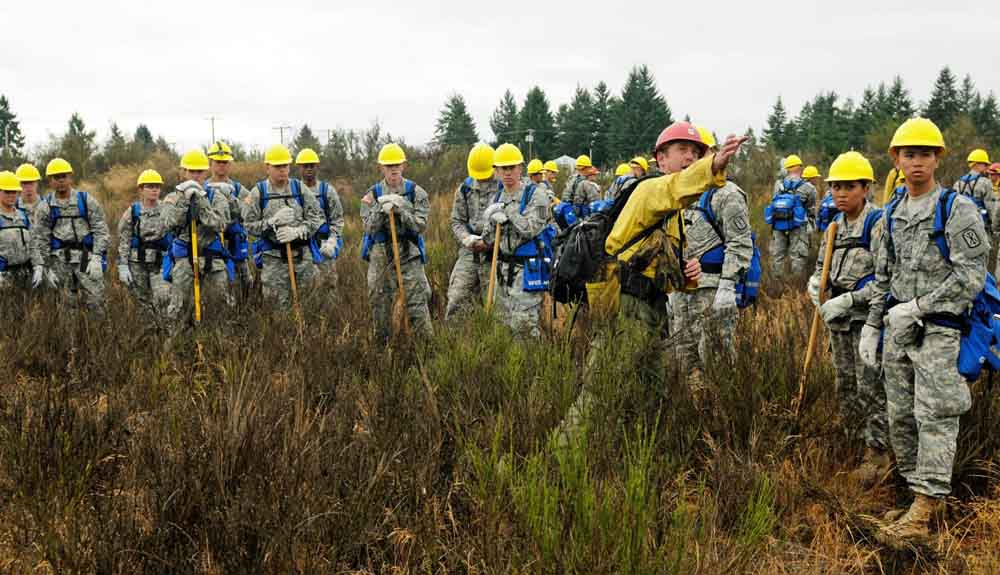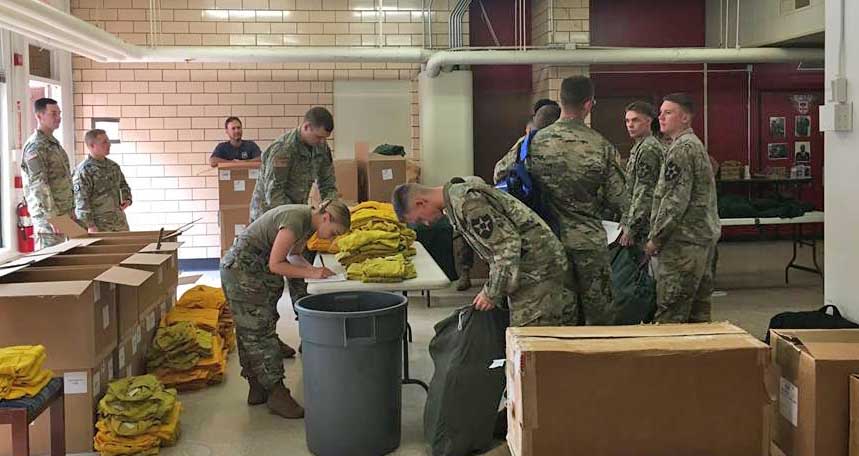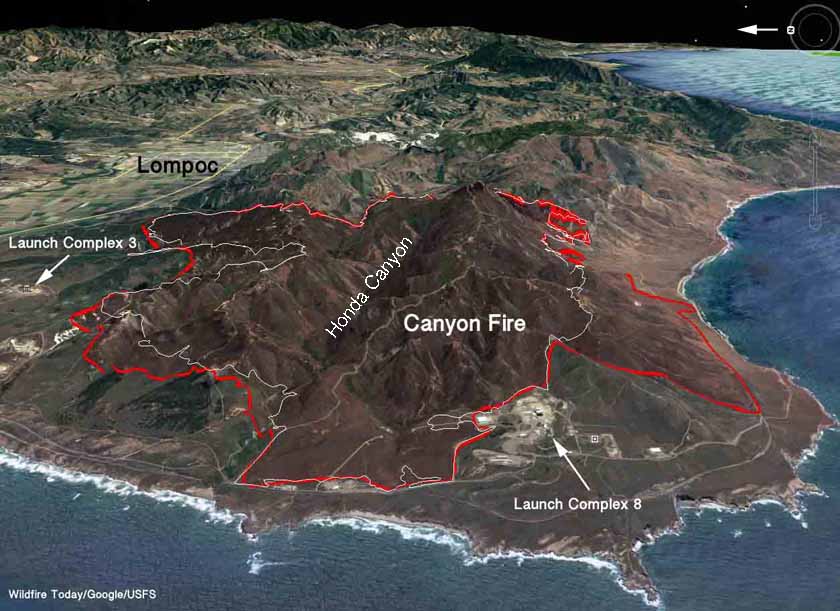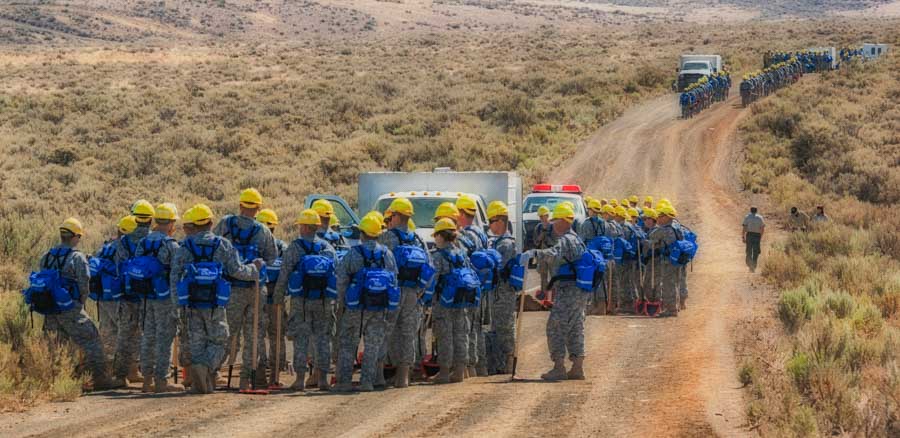
The National Interagency Fire Center (NIFC) in Boise, Idaho, has requested a Department of Defense (DoD) activation of approximately 200 active-duty U.S. Army Soldiers to assist with wildfire suppression efforts. The National Multi-Agency Coordinating Group (NMAC) at NIFC requested the personnel along with command and support staff. After receiving training, the Soldiers will serve as hand crews, assisting with wildfire suppression efforts in Northern California. Two similar requests were granted last year to support the August Complex and Creek wildfires in California.
The Soldiers will be trained over the next week at Joint Base Lewis-McChord (JBLM) near Tacoma, Washington and on the fireline to provide support in early September in Northern California.
“The United States has been experiencing above-normal fire activity throughout multiple geographic areas, which will likely continue into the fall. These conditions are creating competition for all types of wildland fire resources,” said Josh Simmons, NMAC Chair.
Currently, 84 large fires have burned 2.5 million acres in 9 states. More than 26,000 wildland firefighters are currently assigned to fires across the United States. The country has been at Preparedness Level 5 – the highest level of wildfire preparedness – since July 14. Several geographic areas are experiencing large, complex wildland fire incidents, which have the potential to exhaust national wildland fire suppression resources.
The training at JBLM will consist of both a classroom portion and field training in the basics of wildland fire suppression and firefighter safety. The Soldiers will be outfitted with wildland fire personal protective equipment and other gear. They will be trained by wildland fire agency personnel beginning Monday, August 30 and should conclude by Wednesday, September 3. While providing support, the Soldiers will be accompanied by experienced wildland fire strike team leaders and crew bosses from wildland fire management agencies.
This is the 40th time since 1987 that active-duty military personnel have been mobilized to serve as wildland firefighters. In addition to the U.S. Army activation, eight U.S. Air Force C-130s equipped with Modular Airborne Fire Fighting Systems (MAFFS) are currently serving as airtankers, providing wildfire support across the West.

